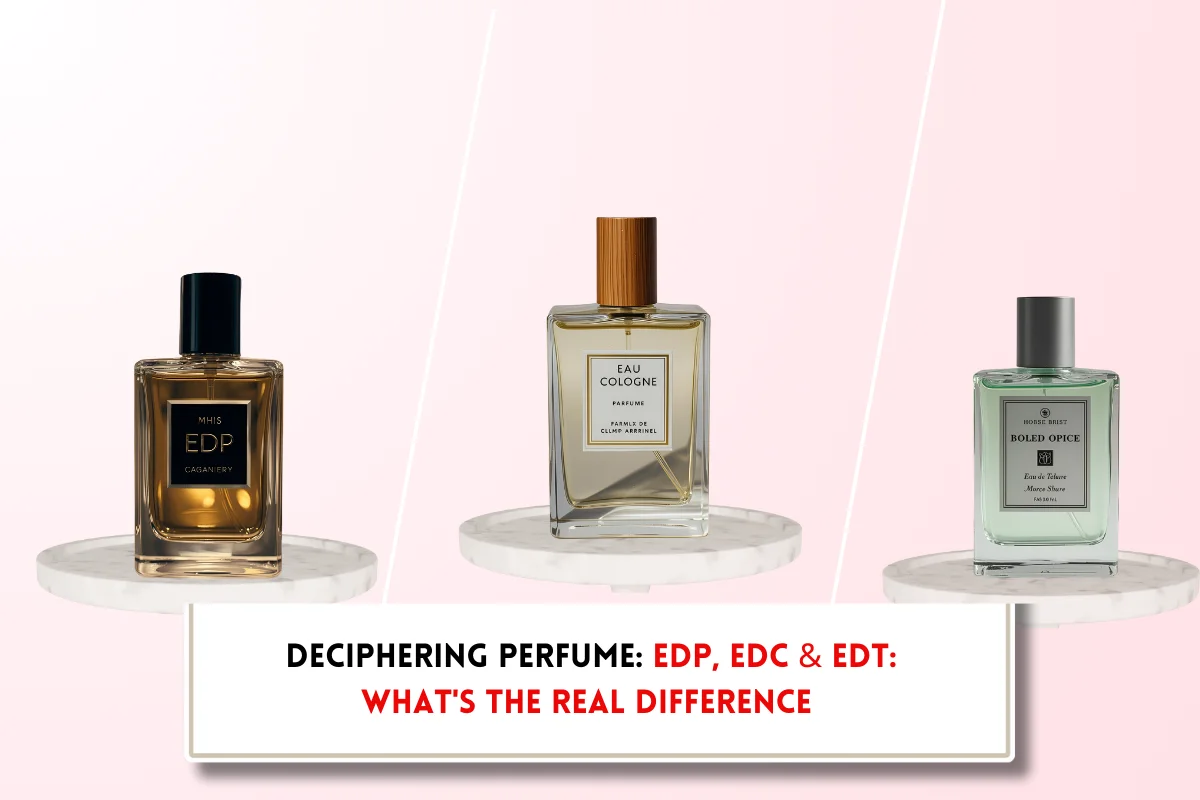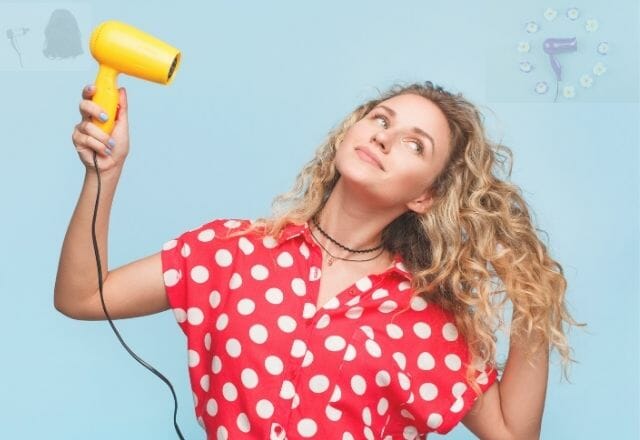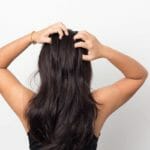Can I relax my hair after a permanent color?
At BeautyCaters, our expert team independently curates every recommended product. Purchases through our links may earn us a commission. Explore our transparent selection process.
So, you’ve got your heart set on both relaxed and colored hair. But, can you pull it off? Managing chemically treated hair can be tricky, especially when it comes to combining processes like coloring and relaxing. So, if you are wondering, can I relax my hair after a permanent color? This post, will make you explore the potential benefits, risks, and essential factors to consider before deciding to relax your hair after a permanent color.
- How relaxing affect hair after permanent coloring?
- What effects does relaxing have after permanent hair coloring?
- Can I relax my hair after a permanent color?
- When can I relax my hair after dying it?
- When your hair is ready for relaxing after permanent hair color?
- What factors should I consider for hair relaxing after permanent coloring?
- Aftercare tips for hair coloring and relaxing
- Expert recommendations for opting hair coloring and relaxing
- Alternatives to relaxing post-coloring
- Final Word: Can I relax my hair after a permanent color?
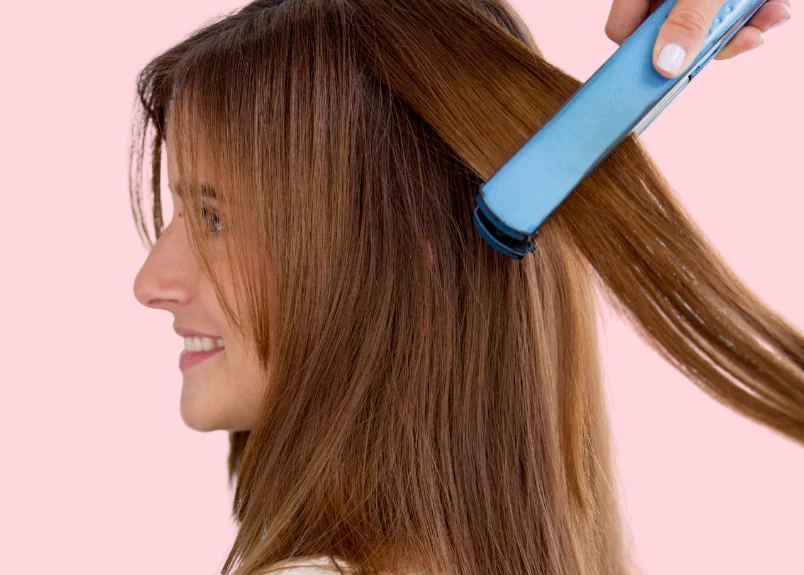
How relaxing affect hair after permanent coloring?
Understanding hair structure
To understand how relaxing your hair after a permanent color may affect your locks, you must first grasp the basic principles of hair chemistry. Hair is primarily composed of a protein called keratin, and its structure can be altered through chemical processes. When you color your hair, the cuticle lifts to allow the dye to penetrate the hair shaft. This manipulation of the hair structure can weaken it, making it susceptible to breakage, especially when combined with other processes like relaxing.
The process of permanent hair color
Besides altering your hair’s appearance, permanent hair color penetrates the hair shaft and opens the cuticle layer. This process involves a mix of ammonia and other chemicals to change the pigment of your hair permanently. The use of high temperature and pH levels can bond the dye molecules to the hair, ensuring long-lasting color. It’s vital to assess your hair’s condition and history before undergoing further chemical treatments.
The process of hair relaxing
Color changes the texture of your hair, and when relaxing, you are opting for a method that alters its natural curl pattern. During this process, a chemical relaxer breaks down the protein structure of your hair, allowing it to straighten. However, since both hair coloring and relaxing involve harsh chemicals. While relaxing aims to smooth and straighten your hair, the additional chemical exposure from the relaxer can exacerbate previous damage done by hair coloring. If your hair is already weakened, this combination could lead to significant breakage.
Also Read: Can I dye my hair after using color remover?
What effects does relaxing have after permanent hair coloring?
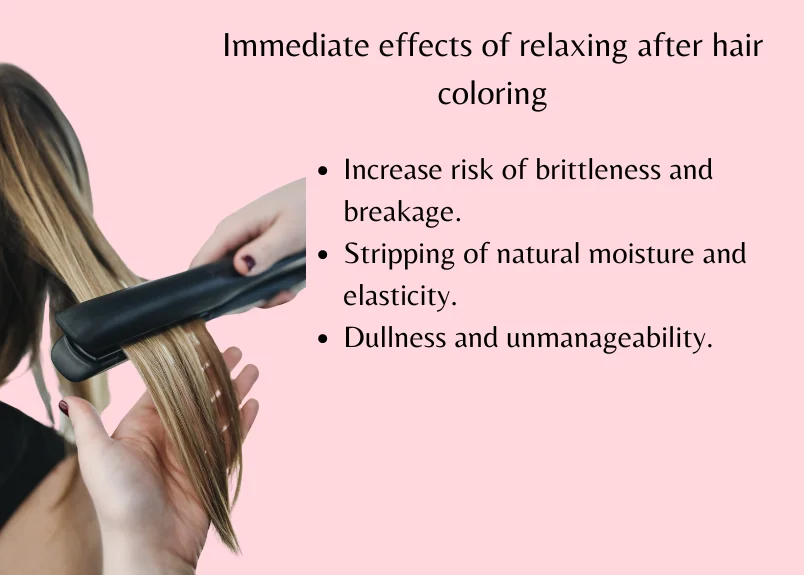
If you are considering relaxing your hair after applying a permanent color, it is important to understand the effects of combining these treatments. Each process alters your hair’s structure, and using them together can lead to significant risks. Below are the two detrimental effects of relaxing after permanent hair coloring.
- Potential damage to hair structure: Among the key issues to consider is the potential damage to your hair structure. When you apply both chemical treatments, you increase the risk of brittleness and breakage, as each procedure stresses your hair differently. Over-processing your hair can strip it of its natural moisture and elasticity, making it weaker and more prone to damage.
- Impact on hair health: Beside the structural concerns, the impact on your hair health can be severe. Frequent chemical treatments can lead to dryness, split ends, and an overall unhealthy appearance. In addition, hair subjected to multiple treatments often experiences cumulative damage, leading to dullness and unmanageability. You may also find that your hair becomes more susceptible to environmental stressors.
Can I relax my hair after a permanent color?
Absolutely, but it’s not as simple as it sounds. While, both treatments enhance your hair’s look, doing them back-to-back lead to damage if not done carefully.
When can I relax my hair after dying it?
One of the most important aspects of relaxing your hair after a permanent color treatment is understanding the timing involved. Ideally, you should allow your hair to recover from the color process before introducing additional chemicals. This helps prevent excessive damage and promotes healthier hair results.
So, an optimal waiting period between coloring and relaxing your hair is about 2 to 4 weeks. This timeframe allows your hair to stabilize after the coloring process, ensuring it can better withstand the relaxing treatment without suffering undue stress or damage.
When your hair is ready for relaxing after permanent hair color?
Hair assessment is crucial to know whether your hair shows signs of resilience and strength as a mark for relaxing after permanent hair color. Look for key indicators like elasticity, moisture levels, and overall texture. If your hair feels soft yet strong, is easy to manage, and shows minimal breakage, it may indicate that it’s ready for the next chemical process.
In fact, you can perform a simple elasticity test by taking a small section of hair and gently stretching it. If the hair returns to its original length without breaking, it suggests your hair is in good condition. Similarly, if you notice a balanced amount of moisture and minimal dryness, it’s a positive sign.
What factors should I consider for hair relaxing after permanent coloring?
Hair relaxing can be a transformative process, but it’s essential to approach it with caution, especially if your hair has been recently colored. Several key factors influence the suitability of relaxing your hair after coloring:
- Hair texture: Every person’s hair is unique; for instance, coily or curly hair types may require more care compared to straighter textures.
- Curly or coily hair: These textures often require more care and attention due to their natural structure. The tight coils and curls can make it more challenging to relax without causing damage.
- Fine hair: Thinner hair strands may be more susceptible to damage from chemical treatments. Fine hair can easily become brittle and break if not handled with care.
- High porosity: Hair that absorbs moisture and chemicals quickly may need gentler treatments to prevent damage. High porosity hair can often feel dry and lackluster, making it more prone to breakage and split ends.
- Overall hair health: Assess your hair for any signs of dryness, breakage, or over-processing before considering relaxation. If your hair is already damaged, relaxing can exacerbate the problem and lead to further deterioration.
Aftercare tips for hair coloring and relaxing
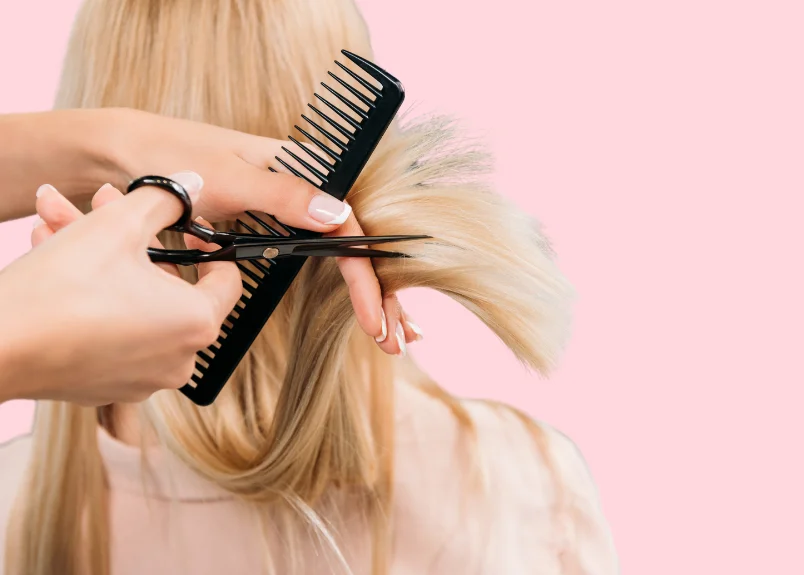
For healthy hair after relaxing and coloring, prioritize a consistent aftercare routine.
- Use sulfate-free shampoos and deep conditioning treatments to maintain moisture and prevent damage.
- Avoid excessive heat styling and protect your hair from harsh environmental factors.
- Regular trims help eliminate split ends and keep your hair looking vibrant and fresh.
- Incorporate protein-infused masks to restore the protein structure in your hair, and rebuild your hair’s resilience.
- Use leave-in conditioners, oils, or hair creams to retain moisture and enhance shine. Plus,
Expert recommendations for opting hair coloring and relaxing
Assessing your individual hair type is crucial. A professional can also help you understand how your hair’s health affects the relaxing process, thus helping you maintain its integrity. They guide you through the complexities of relaxing your hair after a permanent color treatment. Beside, they consider your hair’s health, the type of coloring treatment you’ve had, and potential risks involved. This personalized assessment will help you make safer choices for your hair care routine. Tailoring your approach based on these considerations can minimize damage and promote healthier hair post-relaxation.
Alternatives to relaxing post-coloring
Preserve color, maintain texture: Instead of opting for chemical relaxing treatments, consider gentler alternatives that can help manage your hair’s texture without compromising your color.
- Keratin treatments: These treatments can smooth the hair cuticle, reducing frizz and improving manageability.
- Hair smoothing products: Serums and creams designed for smoothing can help tame unruly curls or waves.
- Deep conditioning treatments: Regularly conditioning your hair can help maintain its health and prevent breakage.
- Leave-In conditioners, hair oils, and styling creams: These products can hydrate and nourish your hair, making it easier to style.
- Heat protectants: Using heat protectants before styling can minimize damage and help your color last longer.
- Embrace your natural texture: Instead of trying to alter your natural texture, embrace it and style it in ways that showcase its beauty.
- Natural styling techniques: Explore techniques like plopping, twist-outs, and braid-outs to enhance your natural texture and define your curls or waves.
- Product selection: Choose products specifically designed for your hair type to enhance your natural texture and maintain the vibrancy of your color.
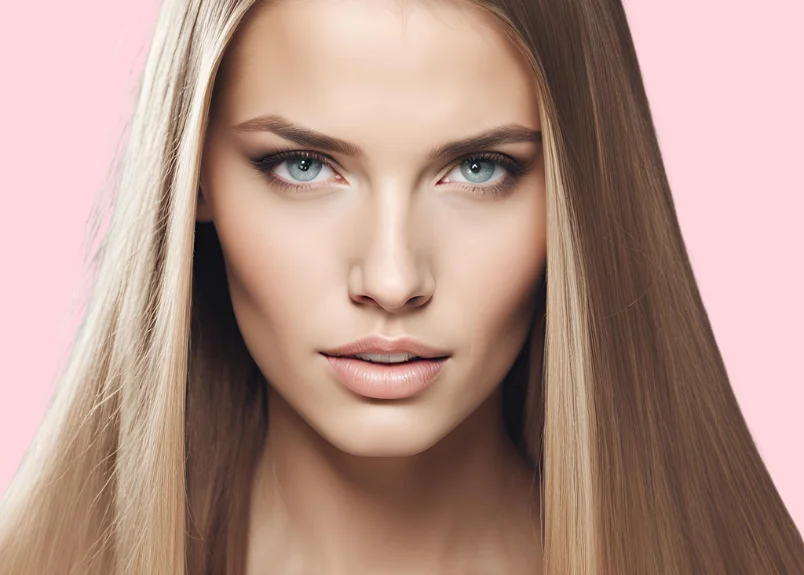
Final Word: Can I relax my hair after a permanent color?
So, if you’re considering relaxing your hair after a permanent color, it’s important to ensure you wait at least two weeks before proceeding. This timeframe allows your hair to recover and minimizes damage. Always consult with a professional stylist before making any changes to your hair care routine. Prioritize your hair’s health by following these guidelines:
- Consult a professional.
- Wait at least two weeks.
- Use deep conditioning treatments.
With these steps, you can maintain the integrity of your hair while achieving your desired look.our hair.


